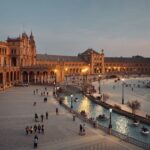The Art and Architecture of France: Must-See Museums and Landmarks
France is a country that is renowned for its rich cultural heritage, and it’s no surprise that it’s home to some of the world’s most famous museums and architectural landmarks. From the soaring heights of the Eiffel Tower to the opulence of the Palace of Versailles, from the Gothic majesty of Notre-Dame Cathedral to the contemporary art at the Centre Pompidou, France’s art and architecture continues to inspire and awe visitors from around the world.
In this article, we’ll explore some of the must-see museums and landmarks for art and architecture lovers in France, including additional recommendations beyond the ones mentioned above.
The Louvre Museum
The Louvre Museum in Paris is one of the world’s most famous art museums, and it’s home to a vast and diverse collection of art and artifacts. The museum’s collection includes over 35,000 works of art, ranging from ancient Egyptian artifacts to famous masterpieces such as Leonardo da Vinci’s Mona Lisa and the Winged Victory of Samothrace. Visitors can spend hours exploring the museum’s vast collection, taking in the beauty and historical significance of the works on display.
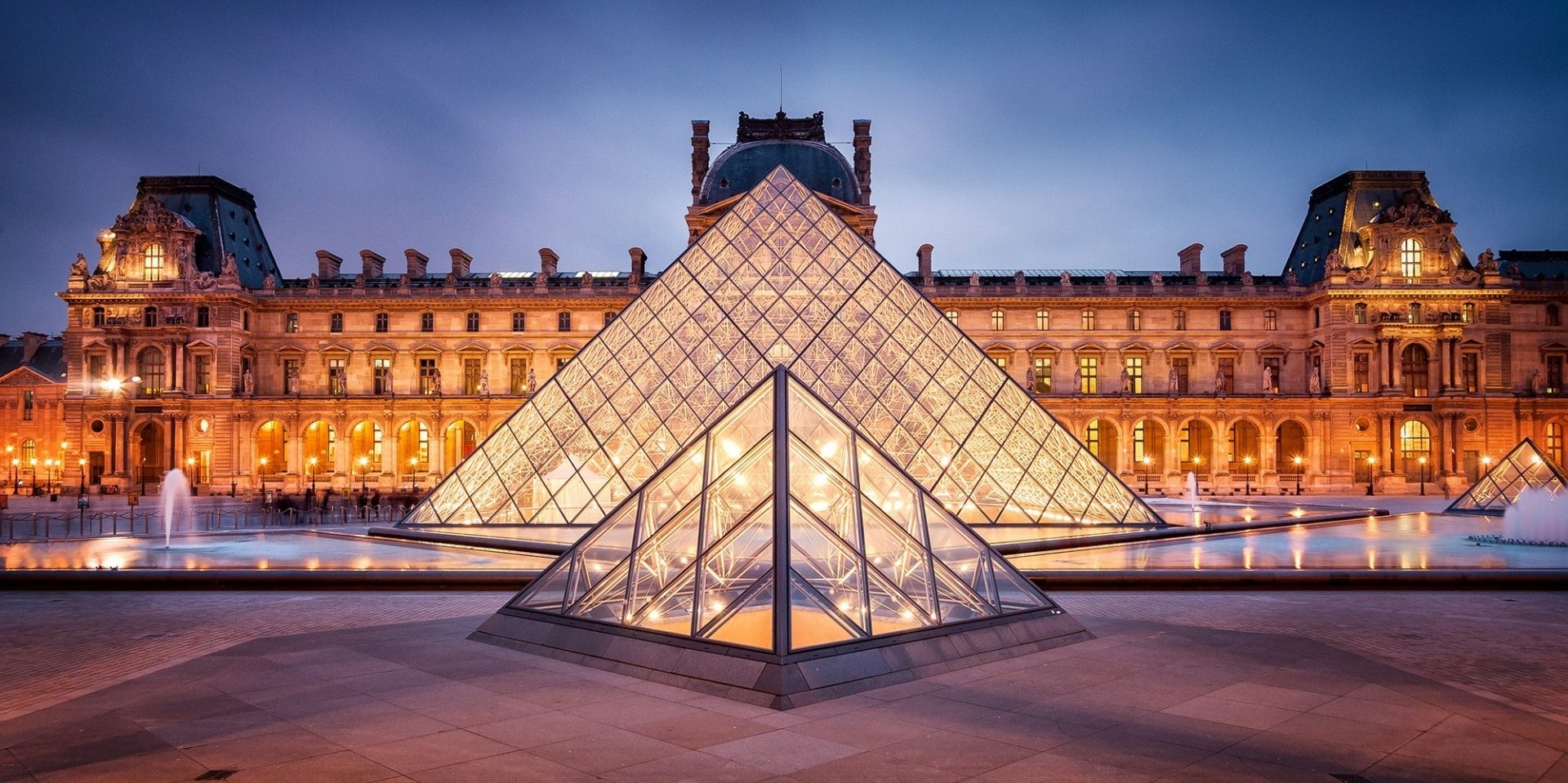
The Louvre’s origins can be traced back to the 12th century when it was a fortress built by King Philip II. It was later expanded and converted into a royal palace, with King Louis XIV making it his principal residence in 1682. The museum today was established in 1793, during the French Revolution.
The Musée d’Orsay
Another must-visit museum in Paris is the Musée d’Orsay, dedicated to the 19th and early 20th centuries art. The museum’s collection includes works by some of the most famous artists of the period, including Vincent van Gogh, Claude Monet, and Auguste Renoir. The Musée d’Orsay is housed in a former railway station and is known for its stunning architecture and impressive collection of Impressionist and Post-Impressionist paintings.
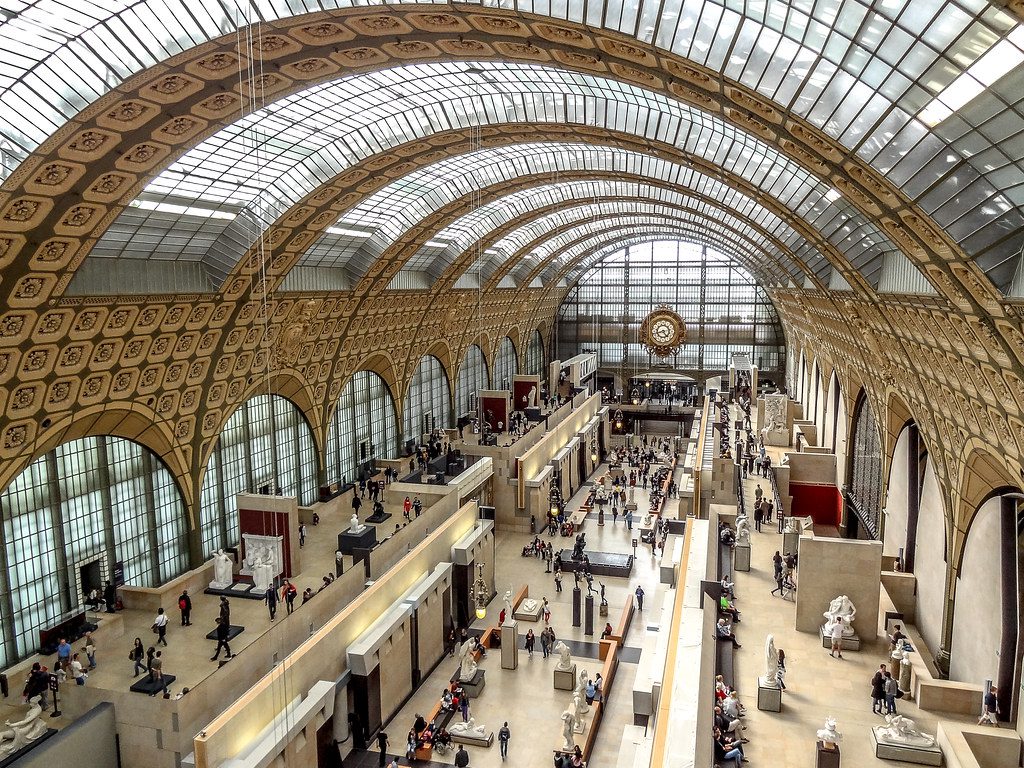
The museum was established in 1986, following a decision to convert the former Orsay railway station into an art museum. The building’s unique architecture, which features a central nave covered by a glass roof, provides a stunning backdrop for the museum’s collection.
The Palace of Versailles
The Palace of Versailles is a true marvel of French architecture and a testament to the opulence and grandeur of the French monarchy. Built in the 17th century by King Louis XIV, the palace is now a UNESCO World Heritage site and attracts millions of visitors annually. The palace’s stunning gardens, ornate halls, and intricate details are a must-see for anyone interested in French history and architecture.
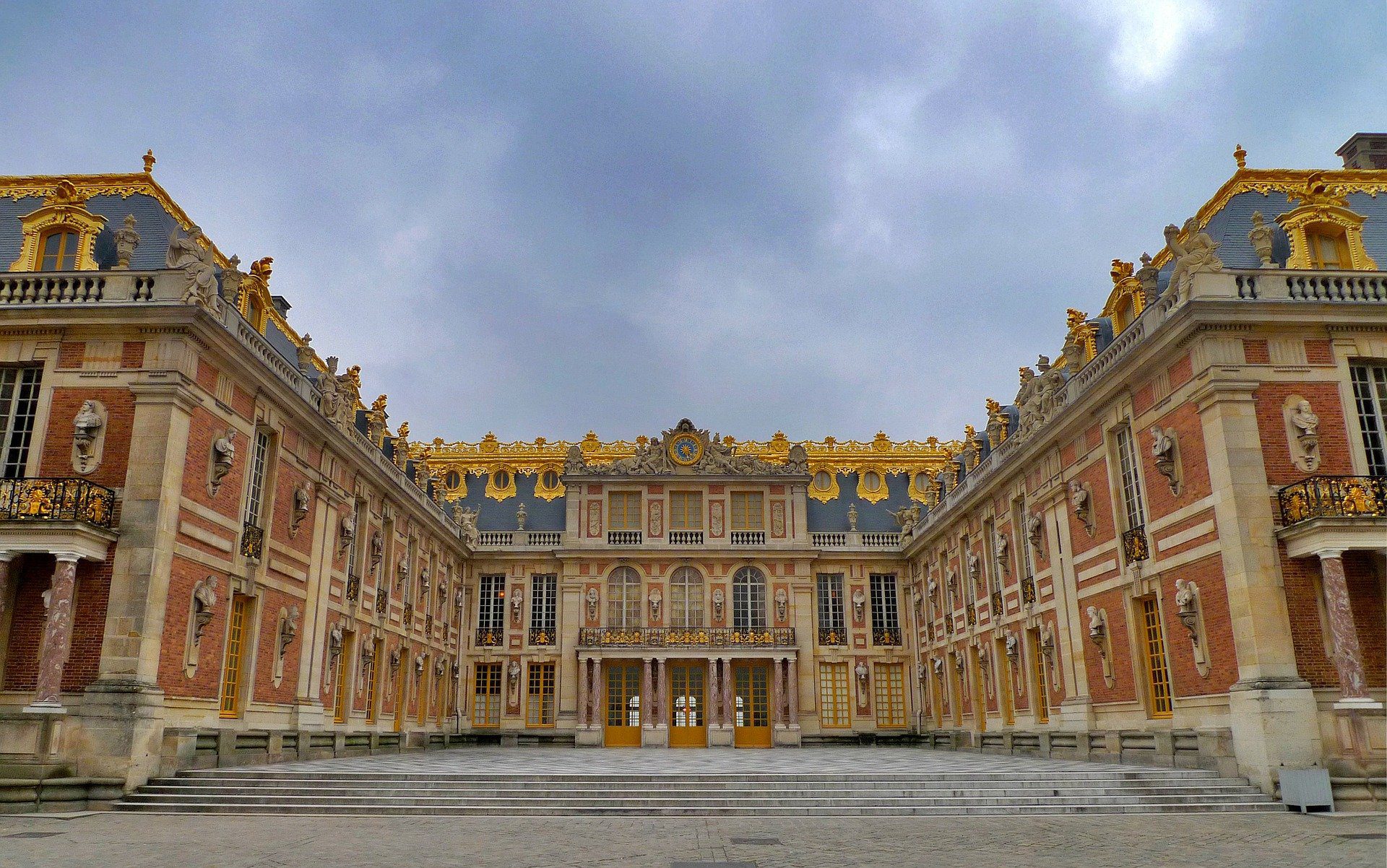
Versailles was originally a hunting lodge built by Louis XIII, but his son, Louis XIV, transformed it into the opulent palace we see today. Louis XIV moved the royal court to Versailles in 1682 and began an extensive expansion and renovation program. The palace remained the seat of power until the French Revolution in 1789, after which it was converted into a museum.
Notre-Dame Cathedral
The Notre Dame Cathedral in Paris is one of the city’s most iconic landmarks and a prime example of Gothic architecture. The cathedral’s construction began in the 12th century and was completed nearly 200 years later. The cathedral’s intricate stained-glass windows, soaring arches, and detailed stonework are a testament to the skill and craftsmanship of the medieval builders who created this magnificent structure.

The cathedral has played an important role in French history, having been the site of numerous royal coronations, including Henry VI of England. It has also been the subject of many artistic works, including Victor Hugo’s novel “The Hunchback
of Notre Dame,” which brought the cathedral to the attention of a wider audience.
Centre Pompidou
The Centre Pompidou in Paris is a striking example of modern and contemporary architecture. Designed by architects Renzo Piano and Richard Rogers, the building’s unconventional design, with its exposed mechanical and structural systems, caused controversy when it was first built in the 1970s. Today, the Centre Pompidou is one of the world’s leading modern and contemporary art museums, with a collection that includes works by artists such as Pablo Picasso, Salvador Dalí, and Wassily Kandinsky.
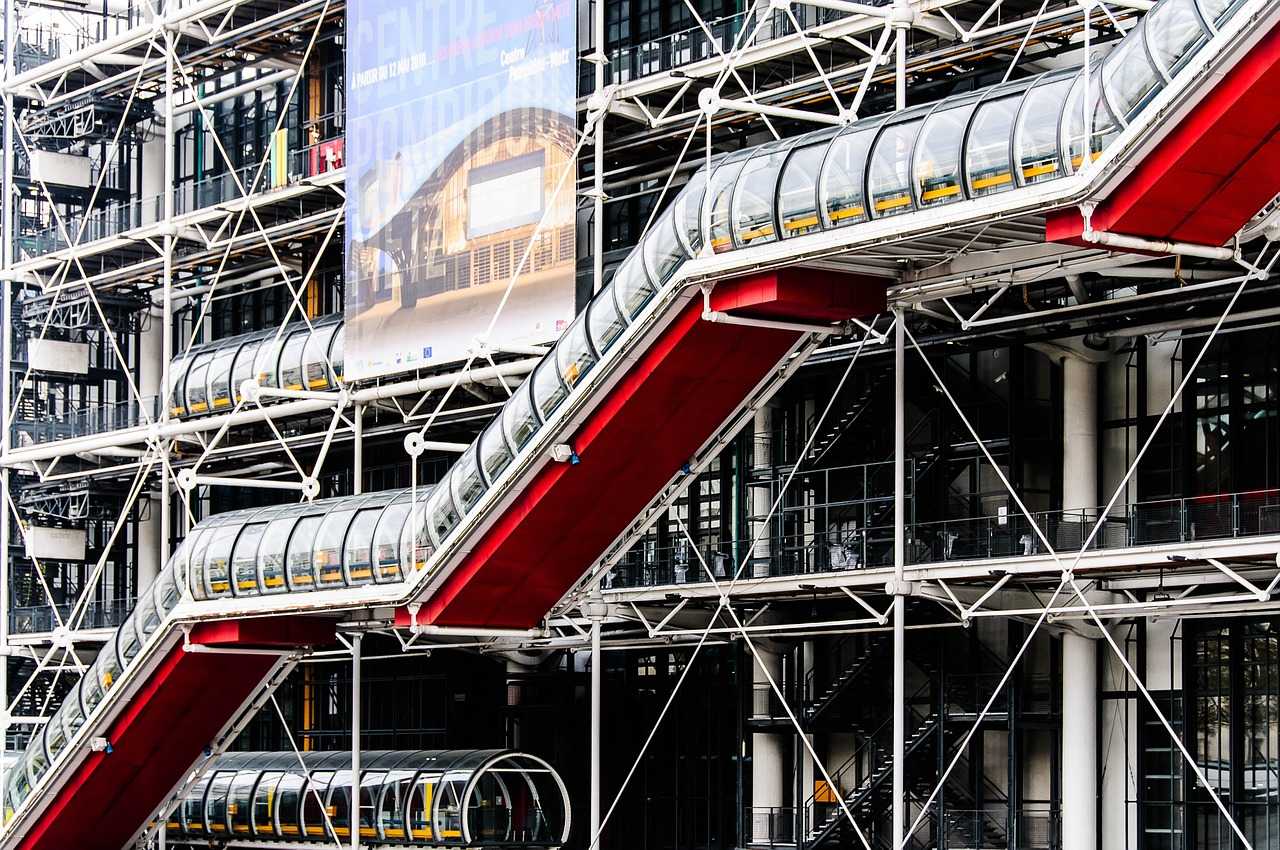
The museum was established in 1977, and its collection focuses on the art of the 20th and 21st centuries. The Centre Pompidou is also home to a vast library, a center for research and conservation, and various exhibition spaces.
Musée Rodin
The Musée Rodin in Paris is a museum dedicated to the works of the famous French sculptor Auguste Rodin. The museum is housed in the Hôtel Biron, a beautiful 18th-century mansion once home to Rodin and now serves as a showcase for his works. The museum’s collection includes some of Rodin’s most famous sculptures, including “The Thinker” and “The Kiss.”

The museum was established in 1916, two years before Rodin’s death, and was created with the artist’s support and assistance. Today, the Musée Rodin is a popular destination for art lovers who admire the beauty and skill of Rodin’s works.
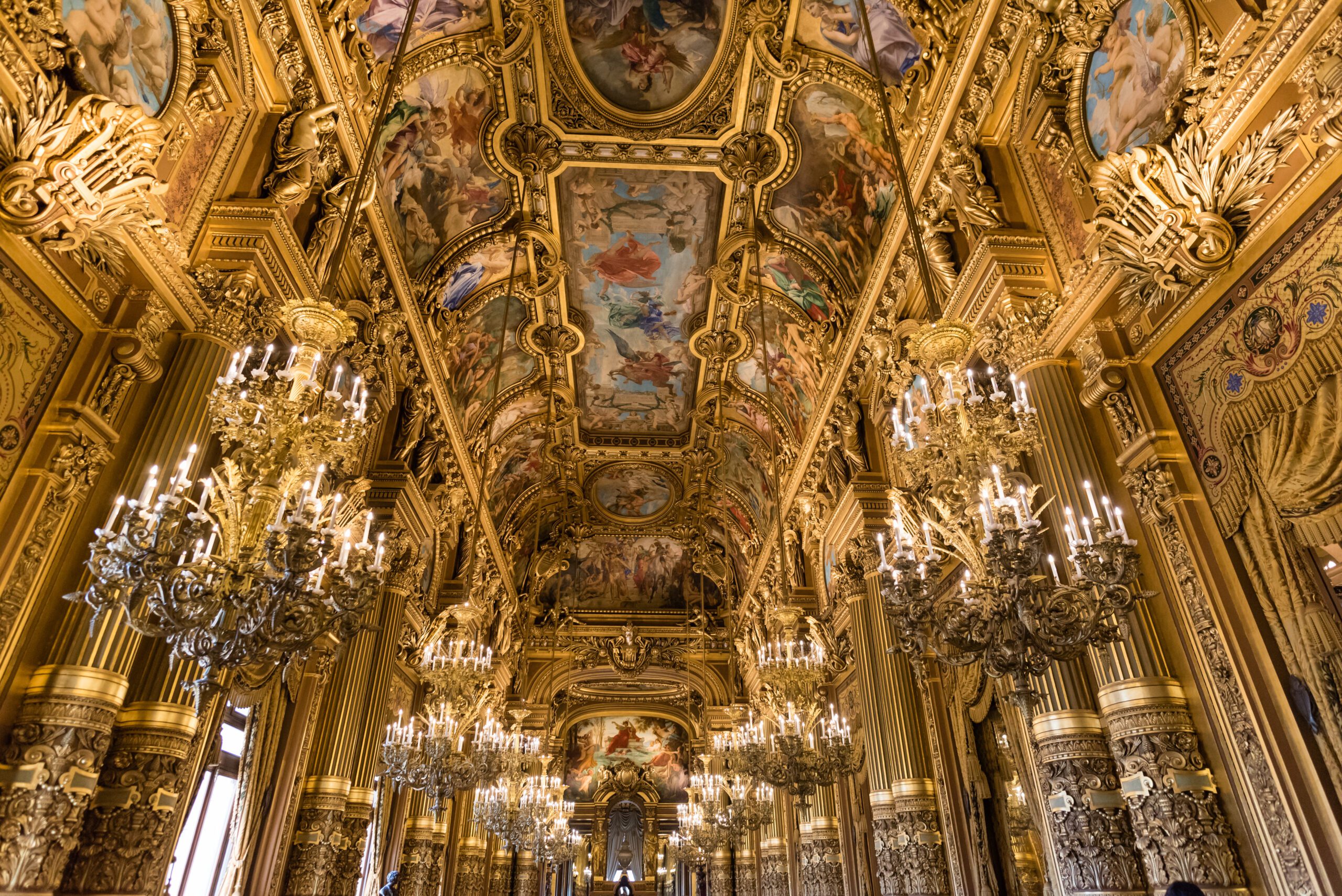
The Palais Garnier, also known as the Opéra Garnier, is a magnificent opera house in Paris. The building’s ornate facade, with its classical columns and sculptures, is a sight to behold, and the interior is equally impressive, with a grand staircase, ornate balconies, and a stunning ceiling painted by artist Marc Chagall.
The Palais Garnier has been the home of the Paris Opera since its completion in 1875 and is one of the world’s most famous and beautiful opera houses.
Other Notable Museums and Landmarks
In addition to the above must-see museums and landmarks, countless other places in France are of interest to art and architecture lovers. Here are a few additional recommendations:
- The Musée Picasso in Antibes houses an extensive collection of works by the famous artist and works by other artists he collected.
- The Palace of the Popes in Avignon was the papacy’s seat in the 14th century and is now a UNESCO World Heritage site.
- The Château de Chambord, a magnificent Renaissance château in the Loire Valley, with a unique and beautiful double-helix staircase.
- The Musée des Beaux-Arts de Lyon, one of France’s largest and most important art museums, with a collection that includes works from the Middle Ages to the 20th century.
Conclusion
France is a country steeped in history and culture, and its art and architecture reflect that rich heritage. From the iconic landmarks of Paris to the majestic châteaux of the Loire Valley, countless places in France will leave you in awe of the beauty and creativity of the human spirit. Whether you’re a seasoned art lover or simply someone looking to appreciate the beauty of these magnificent landmarks, France is a must-visit destination. The country’s art and architecture are truly remarkable and will leave you inspired, in awe, and with a newfound appreciation for the beauty and creativity of the human spirit.











